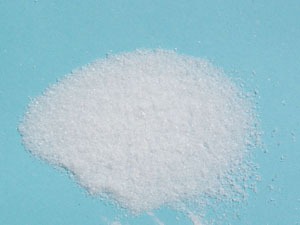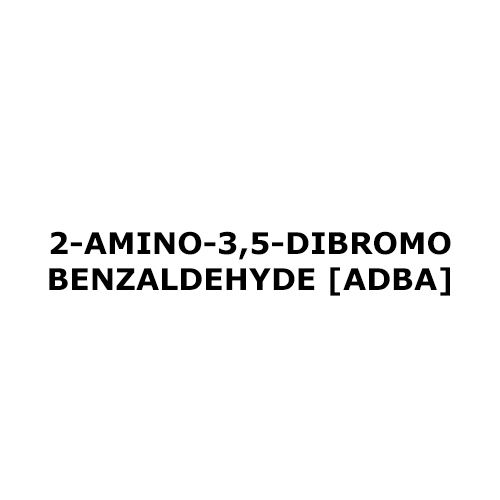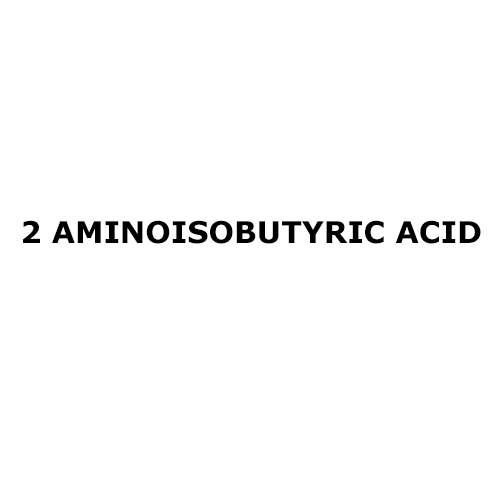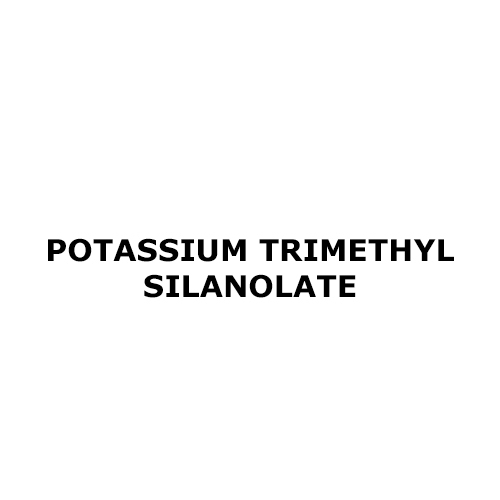
EDC(1-ethyl-3-(3-dimethylaminopropyl) Carbodimide Hydrochloride)
Product Details:
- Molecular Formula C8H17N3 HCl
- Purity >98%
- Molecular Weight 191.70 g/mol Grams (g)
- HS Code 29420090
- Melting Point 110 - 115 C (230 - 239 F)
- Grade Laboratory
- EINECS No 247-361-2
- Click to view more
EDC(1-ethyl-3-(3-dimethylaminopropyl) Carbodimide Hydrochloride) Product Specifications
- 1-Ethyl-3-(3-dimethylaminopropyl)carbodiimide (EDC, EDAC or EDCI) is a water-soluble carbodiimide usually handled as the hydrochloride. It is typically employed in the 4.0-6.0 pH range. It is generally used as a carboxyl activating agent for the coupling of primary amines to yield amide bonds.
- Solid
- >98%
- 191.70 g/mol Grams (g)
- C8H17N3 HCl
- Soluble in water
- 29420090
- Freezer
- Laboratory
- Laboratory Chemical
- 110 - 115 C (230 - 239 F)
- C8H17N3 HCl
- White to Off White Powder
- 25952-53-8
- 0.877 g/mL at 20 C (lit.) Gram per millilitre (g/mL)
- Other
- 247-361-2
- Not Available
- n20/D 1.461
- 5 Years
EDC(1-ethyl-3-(3-dimethylaminopropyl) Carbodimide Hydrochloride) Trade Information
- Ankleshwar
- Cash in Advance (CID) Cash Advance (CA)
- Contact us for information regarding our sample policy
- HDPE DRUM
- Australia South America Western Europe Middle East Africa Central America Asia Eastern Europe North America
- All India
- ISO
Product Description
We have brought EDC (1-ethyl-3-(3-dimethylaminopropyl) Carbodimide Hydrochloride) is a water soluble carbodiimide compound, which is widely used in a range of biochemistry and molecular biology. The chemical is a white crystalline powder. The chemical is essentially used in protein linking reactions. This further helps in making covalent bonds. It is additionally utilized in the conjugation of antibodies such as fluorescent dyes, enzymes. Thus, this industrial use chemical compound plays a pivotal role in diagnostic tests too. Our customers praise the purity and rightful composition of the chemicals we deal in.
CAS No :25952-53-8
Specification :
|
TEST |
Specification |
|
Description |
Off white to pale yellow color powder |
|
Identification By IR |
Absorption peak at around 2127+2 cm-1 should be observed |
|
Melting Range |
In between 100oC to 115oC |
|
Water content by KFR |
NMT 5.0% w/w |
|
Assay BY Titrimetry |
NLT 98.0% w/w |
 English
English Spanish
Spanish French
French German
German Italian
Italian Chinese (Simplified)
Chinese (Simplified) Japanese
Japanese Korean
Korean Arabic
Arabic Portuguese
Portuguese




